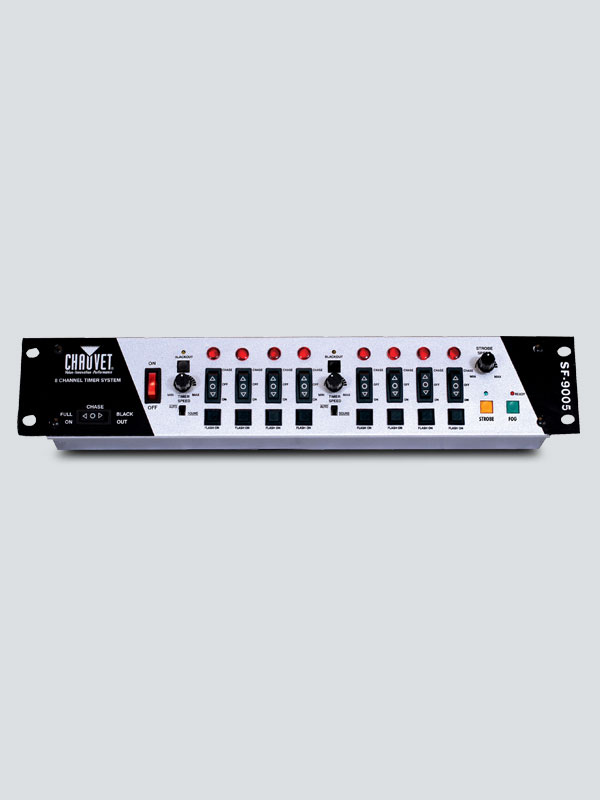
If your repeating timer is executed a little late thanks to the tolerance you specified, that doesn’t mean it will continue executing late. The default tolerance is 0, but remember that the system automatically adds a little tolerance. This example creates a timer to run every 1 second, with 0.2 seconds of tolerance: let timer = Timer.scheduledTimer(timeInterval: 1.0, target: self, selector: #selector(fireTimer), userInfo: nil, repeats: true) However, the timer will never be executed before you ask it – tolerance adds time after your requested execution date. For example, if you ask for the timer to be run after 1 second with a tolerance of 0.5 seconds, it might be executed after 1 second, 1.5 seconds, 1.3 seconds, and so on.
T MAX MANAGER PRO TIMER SYSTEM FOR SALE PLUS
When you specify tolerance, you’re saying that the system can trigger your timer at any point between your original request and that time plus your tolerance. It allows you specify some leeway for the system when it comes to executing your timer: “I’d like for this to be run once a second, but if it’s 200 milliseconds late I won’t be upset.” This allows the system to perform timer coalescing, which is a fancy term that means it can combine multiple timers events together to save battery life.

Let user = contextĪdding some tolerance to your timer is an easy way to reduce its energy impact. You’ll need an fireTimer() method for it to call, so here’s a simple one just for testing: func fireTimer() You can create and start a repeating timer to call a method like this: let timer = Timer.scheduledTimer(timeInterval: 1.0, target: self, selector: #selector(fireTimer), userInfo: nil, repeats: true) Save 50% on all our books and bundles! Creating a repeating timer

SAVE 50% To celebrate WWDC23, all our books and bundles are half price, so you can take your Swift knowledge further without spending big! Get the Swift Power Pack to build your iOS career faster, get the Swift Platform Pack to builds apps for macOS, watchOS, and beyond, or get the Swift Plus Pack to learn advanced design patterns, testing skills, and more.


 0 kommentar(er)
0 kommentar(er)
